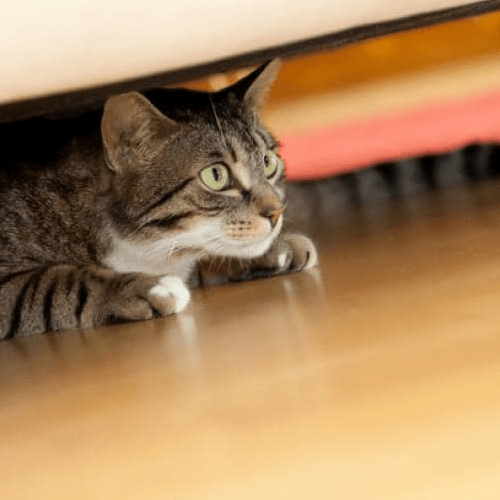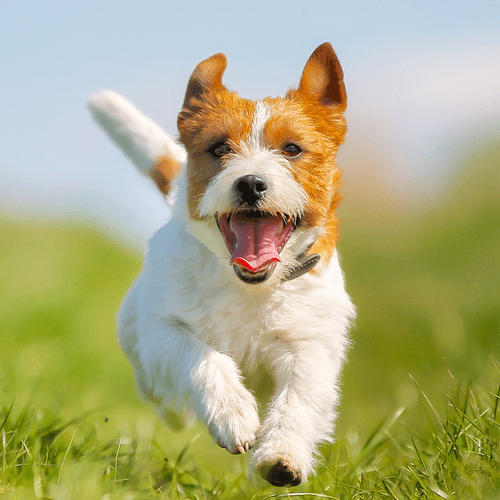The Akita has a unique combination of dignity, courage, alertness, and devotion to its family. It is extraordinarily affectionate and loyal with family and friends. It is almost feline in its actions; it is not unusual for an Akita to clean its face after eating, and to be very neat and tidy in the house.
Physical Characteristics
Akita dogs possess heavy bones and a body that is big, and a bit longer than it is tall. The Akita is very strong, enabling it to hunt easily through snow and other rough terrians. The breed is energetic with an alert gait. An excellent hunting companion, the Akita possesses a strong guarding instinct and a coat that is weatherproof protects them from harsh conditions. Its hair, which is about two inches long, has a straight, dense inner layer but harsh outer wrapping. The color of its coat, meanwhile, are various, including white, brindle, or pinto.
Personality and Temperament
The Akita is obedient towards its master and always alert. Being independent and courageous in nature, it functions tremendously as a hunter or guard dog.
Though the dog is a bit stubborn and dominating, it will behave properly under the guidance of a dedicated trainer. However, some Akitas do shows signs of aggression towards other dogs and are unnerved around strangers.
Care
An Akita is at its best when kept inside the house with access to outdoors. To keep these dogs obedient, regular mental and physical exercise is very important. The exercise should ideally include running in an enclosed area or long hours of walking. The Akita’s weatherproof coat requires occasional brushing to get rid of dead hair (more frequent combing will be required during the shedding seasons).
Health
The Akita, which has an average lifespan of 10 to 12 years, occasionally suffers from microphthalmia, patellar luxation, epilepsy, renal cortical hypoplasia, VKH-like syndrome, polyneuropathy, entropion, and cataract. Care should be taken to prevent some major health problems associated with the breed such as canine hip dysplasia (CHD) and progressive retinal atrophy (PRA). The breed is also prone to some minor health issues, including gastric torsion, hypothyroidism, elbow dysplasia, cruciate ligament rupture, pemphigus, lymphosarcoma, osteosarcoma, and sebaceous adenitis. To identify some of these issues, a veterinarian may run thyroid, hip, eyes, and elbow tests on the dog.
History and Background
Considered a “natural treasure” of Japan, its native country, the Akita was originally bred as an adaptable hunting dog in the mountainous region of Northern Japan.
The Akita was saved from extinction in the 1800s, during which the Japanese made a concerted effort to save seven native dog breeds. The Akita is the largest among those seven breeds.
Hachiko, arguably the most honored Akita, would wait for his master every day at the station to accompany him back home. Even after his master’s death, he continued to religiously wait for him at the station every day for nine years. After Hachiko died on March 8, 1935, a statue was built to commemorate his dedication; it is here that Hachiko’s ceremony is held annually.
Hellen Keller, renowned American author and political acitivist, is credited with bringing the first Akita to the United States in 1937. It later became recognized by the American Kennel Club in 1972, and is today considered an excellent breed with good-natured and courageous attributes — a fact that lends itself to the breed’s most common profession in Japan: guard dog and police dog.





